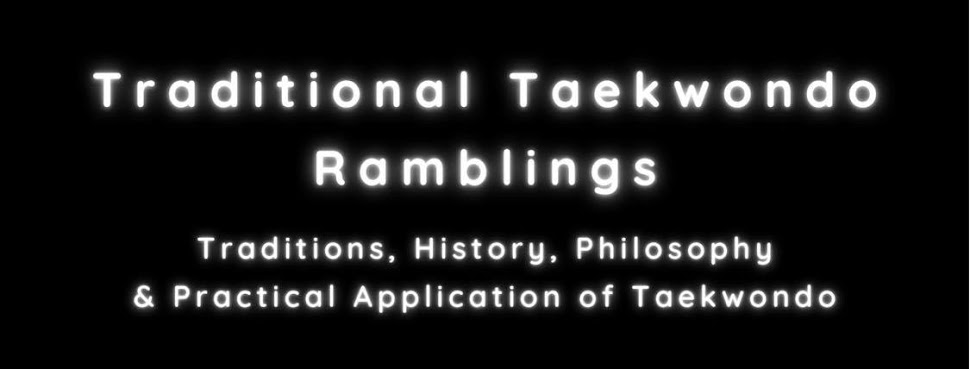The Kyopka portion of our training has many roles to play. It is almost always feautered at demonstrations and often an audience`s favorite thing to watch. Besides competitions, demonstrations and gradings there is as with all other things in our training a practical combative reason for including this part in training. Unfortunatly today both self defense and breaking are dissapearing rapidly from practise around the world. In Kyopkas case the reason is probably due to risk of injury or it being relegated to a demonstration/Grading only thing and done just for show.
I recently finished reading Son Duk Sung`s book on Taekwondo Korean Karate from the 1960s. Great read by the way. Son Duk Sung was the 2nd headmaster of the oldest Kwan (martial school) the Chung Do Kwan. He started his martial studies with boxing, but soon changed to Chung Do Taekwondo under the tutelage of Lee Won Kuk. Master Lee himself studied Karate directly under Gichin Funakoshi. What has all of this to do with breaking you ask? Glad you asked. The book was written in a time when the only style of Taekwondo was the hard style effective martial art, BEFORE the emphasis on sport changed so much of our training and thoughts on Taekwondo.
 |
| Breaking a rock |
By internal I mean that we are afraid that if we hit something hard (like a wooden board, roof tile, glass bottle, a chin etc) we will receive pain ourselves in our attacking part. Hit someone on the chin and you are afraid to hurt your hand. This makes many people "hold back" on their punches, a mental blockage if you will. To break that mental blockage (pun intended) you literally break hard things with your attacking tools to convince your mind that it is ok to use all your potential in your attacks and not hold back. In short it develops confidense, and also it is a way to test yourself to see if your attacks truly are powerfull. You can look powerfull hitting air as much as you want, you can hide your flaws under the disguise of speed, but you can not hide anything during breaking. Either your go through the target (breaking it) or you don`t (it breaks you). As Chung Do Taekwondo traditionally was trained with little to no contact sparring (they practised aiming their techniques often to points on the body that is no illegal to hit during sport competition), breaking was also seen as a test of effetiveness.
 |
| Breaking of wooden boards. This is the mostly used target for breaking. |
Back on topic: Breaking. The most important role of breaking in training is not diminished at all. As Son Duk Sung wrote all those years ago (paraphrasing); the primary objective of Kyopka/breaking is to remove the mental barrier that hinders people to use their full potential in attacks. There are many ways to "cheat" though, but Taekwondoin should keep themselves above doing such things. Breaking should be tough, not easy. Do not use "spacers" or bake the roof tiles in the oven to make them drier. Just stack them up and smash through them. Taekwondo techniques should be so effective that it can destroy just about anything if practised to a sufficient level!
Keep that in mind the next time you have to break:-)


Thanks for a wonderful share. Your article has proved your hard work and experience you have got in this field. Brilliant .i love it reading.
ReplyDeletetaekwondo
Wow. What a great 5 part blog post.
ReplyDeleteIt's crazy to see how much Taekwondo has changed over the years. I don't think Olympics has helped the art at all.
Dave